Should Children Go To School On Snow Days?
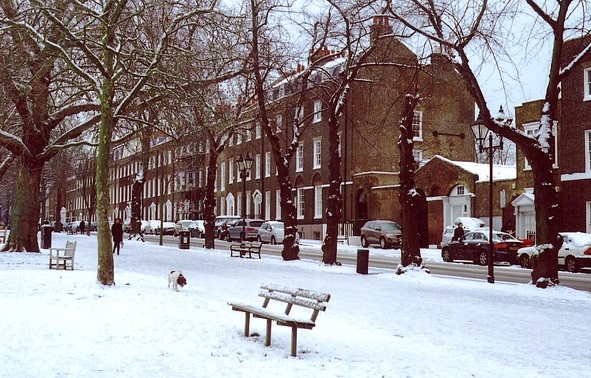
As the UK was recently hit by the biggest bout of snow since 2013, hundreds of schools shut their doors leaving the children at home to wait out the wintery blast. However, this has sparked anger amongst many parents as schools just taking the "easy option". But should children go to school on snow days?
The closure of a school when it snows is usually down to health and safety issues. The headteacher of the school makes the decision to close the doors as they understand the area and it's hazards best. However, as seen in Birmingham, sometimes there can be a blanket closure placed over all schools in the surrounding area.
What are the health and safety reasons for snow days?
Schools always have the safety of the children at the forefront of their mind and snow increases the risk in many circumstances. The three main factors that impact the decision to close a school are as follows:
-
Can the children get to and from school safely?
It goes without saying that children need to be safe on the trip to and from school. If they are crossing roads or walking along an icy pavement, the chance of a car collision increases. If they do not have the appropriate warm weather gear, traveling to and from school in the snow could also make them ill.
Furthermore, the school also needs to be safe. If it is too cold for the children, the facilities are broken or the snow/ice has made the area dangerous, it is much safer for the children to stay at home.
- Are there enough staff to supervise all the school children?
Many members of staff may not work in the same vicinity as the school and may have to travel far to get to school. If the snow has been worse where they live or it could be dangerous for them to travel to work, it is safer for the teacher and the children to stay at home.
So, should children go to school on snow days?
That's up to the jurisdiction of the school, of course. Any amount of snow or ice could make the school and trip to school treacherous and is that really a risk anyone wants to take? After all, one missed day of school can be caught up on quite easily.
If your child has an examination on the snow day, the circumstance does change slightly. Exams are expected to go ahead at another location if it is not safe for students to get to school. This will need to be discussed with the awarding organisation and the students involved will be notified as soon as possible.
Safety signs can help reduce the risk associated with snow. You can browse our wide range of safety signs here and hopefully reduce any risk caused by the white winter we have ahead of us!
No one expects an accident to happen at work, and yet there were 622,000 workplace accidents that caused injuries between 2014-2016. With this costing employer over one billion pounds, it’s in everyone’s best interest to take health and safety in the workplace seriously. If workplace health and safety is something that you feel needs improving, whether you are an employer or employee, it’s worth encouraging.
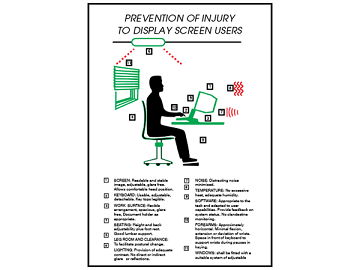
Whether you’re working on a construction site or in an office, there should be health and safety measures in place to help minimise the risk of any workplace injuries, and those in place in case an accident does occur. This will be different between work environments, but it can be as simple as knowing where the first aid box is kept and where each fire exit is.
Here are some tips for improving health and safety in the workplace:
Start at the Beginning
Make sure every new-starter is taught about what health and safety measures are in place. Whatever your work environment, knowing this information is vital. Give each employee a tour of the workplace explaining the usual fire safety protocols and paying particular attention to any hazardous areas employees should be aware of.
Offer a Refresher Course
At the same time, make sure your current employees have the opportunity to be reminded of the health and safety measures in place. This should include anything new that may have been introduced since they started, such as if anyone is a first aider, etc.
Be Prepared
Do your employees have the right PPE? If they are expected to do any manual labour (even if it's not often), have they had the appropriate training? Are there any restricted areas to be avoided? Being prepared can really make a difference – being prepared for work means you are aware of any health and safety situations that may come up.
Install Correct Labels and Signage
Even if you think employees have a good idea about health and safety, signage can drastically improve how aware people are in the workplace. Not only do these make people who are unfamiliar with the workplace aware of any hazards, it also reminds any employees to be vigilant. To have a look at our range of safety signs, click here.
Improving health and safety in the workplace doesn't have to be complicated or expensive, but is always a necessary way of keeping everyone safe. For any advice on what you may need to improve your workplace safety, feel free to get in touch. We can help you select from a massive range of health and safety signage. Call us today on 0800 3761 693.
Having the correct labelling for any electrical appliance is important, this is to ensure total electrical safety. We supply hundreds of high-quality electrical labels that all meet the necessary health and safety regulations.
For whatever situation you need an electrical label or sign for, we hope within our wide range we have something that will perfectly suit your requirements. To see our full collection of electrical labels and electrical signs, click here.
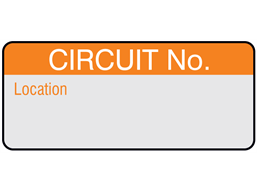
Correctly labelling your electrical systems will also save you time when working out which wire leads where, or which switch does what. We have labels that will be perfect for you electrical panels, our circuit number and location aluminium foil labels allow you to correctly identify which circuit number leads to which location. This will be a great help if you have any electrical trip, as you can discover where the fault is coming from.
Use this write on embossable aluminium foil label to make this common problem one that is easily solved!
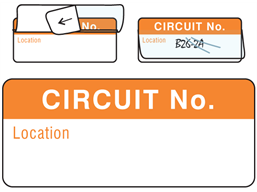
We also have a write and seal variation of this label so you can add hand written variable information and seal to provide a scratch and chemical (solvents and oil) resistant, waterproof label. This is ideal for any electric panels in harsh environments.
If you need any advice on which label or sign best suits your requirements we will happily advise you. Email us at info@labelsource.co.uk or give our friendly team a call on 0800 3761 693.
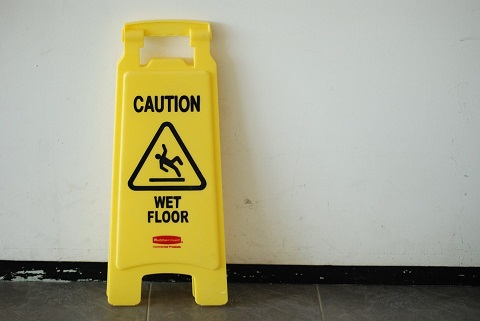
Earlier this week, The Co-op were fined £400,000 after pleading guilty to a Health and Safety offence, which resulted in the death of 74 year-old Stanley May in July 2015. May had been visiting the Supermarket's Truro branch, where a faulty chiller was leaking for 44 hours, causing the pensioner to fall and sustain a head injury which led to his death.
Although this example is one of many health and safety prosecutions to be made in recent weeks, this case is all the more tragic and concerning due to it's highly preventable nature. In all public spaces and work areas, it is important to remember that slips, trips and falls are one of the most common hazards to impact both employees and members of the public. It seems that due to the domestic nature of these incidents, their seriousness is often underestimated by organisations, causing health and safety standards to fall below the required level and allowing incidents to occur.
This case demonstrates that slips, trips and falls can be fatal to those who are put at risk, which highlights the vital need to maintain and execute health and safety measures which prevent these incidents. This can be done by correctly following a set of simple but effective health and safety measures, including the following:
- Training & Communication - Staff should be kept well informed of health and safety measures, and should always communicate the need for action when additional measures are needed to maintain standards.
- Maintenance of Equipment - A contributing factor in this case was the faulty store equipment, which had been unsuccessfully fixed and left to cause the hazard which led to Mr May's death. It is vital that all equipment is efficiently maintained and inspected to prevent such hazards, and effectively dealt when a potential risk is detected.
- Clear Warnings - Although a wet floor sign had been placed near the leaking chiller, the effected area extended beyond this point, rendering the warning ineffective. In addition to using the proper safety signage, more steps should be taken when to deal with the issue, including restricting access to the area completely if the hazard cannot be controlled with visual warnings alone.
For more health and safety advice and updates, follow us on Twitter.
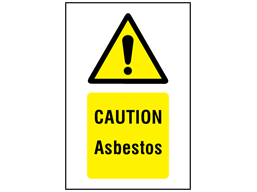
An Argos store in Plymouth has reopened after health and safety chiefs shut it down following the discovery of asbestos. The Argos store, as well as a construction site next-door were both closed suddenly after the Health and Safety Executive discovered the asbestos. The construction site - a former Derry's department store, which is currently being converted into student flats - was where the asbestos was found, and Argos was closed as a safety precaution.
The Argos store was closed for a week, and work had stopped on the construction site as a precaution in case there were any airborne asbestos fibres. After extensive monitoring, all areas of the site was cleared and wok recommenced on Monday (20th February), and the Argos store re-opened the next day (Tuesday).
Asbestos is a natural fibrous rock that was widely used within buildings until 1999. It was widely used from the 1950s to the mid-1980s, due to it being a good insulator and having good fire protection properties. You will find asbestos in buildings built before the year 2000. Asbestos materials present a risk to your health when the fibres become airborne. This will happen if you cut, drill or break materials containing asbestos. It's the biggest occupational disease risk to construction workers; and therefore, safety precautions need to be put in place.
Safety signs and labels need to be put in place to warn workers of the presence of asbestos and that suitable safety precautions are made. Here at Label Source we stock an excellent range of Asbestos Safety Warning Labels and Signs to ensure your workers are aware of the substance, reducing the risk to their health and safety. If you wish to view our range of Asbestos safety labels and signs please click here.